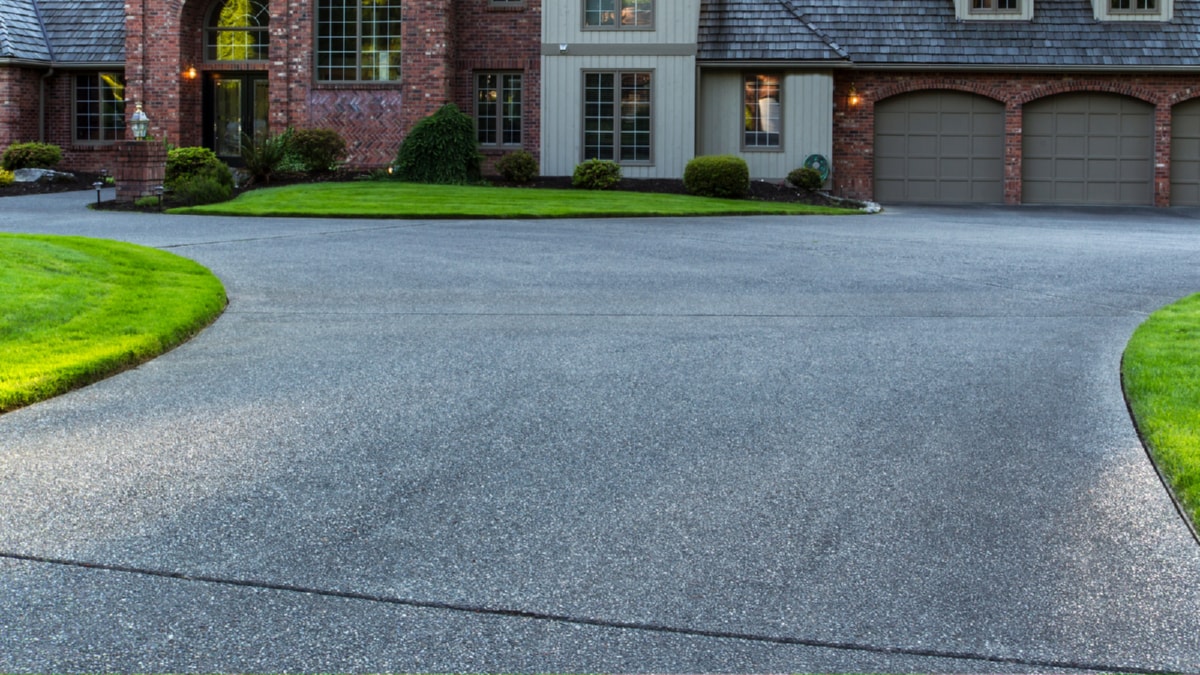One of the most significant trends in sustainable construction is the use of green building materials. These materials are either recycled or renewable and have a minimal impact on the environment. For instance, builders are now using bamboo in place of traditional wood because it grows quickly and absorbs carbon dioxide faster. Similarly, recycled steel is being used instead of newly manufactured steel, reducing the energy required for production.
Another trend is the integration of renewable energy sources into the design of buildings. Solar panels and wind turbines are increasingly becoming a standard feature of new structures. These renewable energy sources not only reduce the building’s reliance on fossil fuels but also often generate surplus energy that can be fed back into the grid. This not only reduces the building’s carbon footprint but also makes it more cost-effective in the long run.
The practice of ‘green roofing’ is another emerging trend. Green roofs are covered with vegetation and soil, creating a natural insulation that reduces the energy required for heating and cooling. Moreover, green roofs also absorb rainwater, reducing runoff and the risk of flooding. They also provide habitat for wildlife, contributing to biodiversity.
Water efficiency is another area where sustainable construction practices are making a big difference. The use of low-flow fixtures, rainwater harvesting systems, and greywater recycling are becoming more common. These practices significantly reduce the amount of water a building uses, preserving this precious resource.
The trend towards ‘passive’ design principles is also gaining traction. Passive design refers to the use of the building’s structure to regulate its internal environment, reducing the need for artificial heating, cooling, and lighting. This could involve strategic placement of windows for natural light, or designing the building to take advantage of natural airflow for cooling.
Finally, the construction industry is increasingly adopting digital technologies to improve sustainability. The use of Building Information Modeling (BIM) allows architects and engineers to simulate energy usage, daylight, airflow, and other factors in a digital model before construction begins. This helps to optimize the design for energy efficiency and sustainability before a single brick is laid.
In conclusion, the latest trends in sustainable construction practices represent a significant shift in the industry. By embracing green building materials, renewable energy, water efficiency, passive design principles, and digital technologies, the construction sector is making strides towards more sustainable practices. These trends are not only good for the environment but have the potential to reduce costs and improve the quality of buildings. It’s clear that sustainable construction is not just a trend, but a fundamental shift in how we think about and build our structures.
For more details, check best interlocking services Toronto or visit their business listing here.



